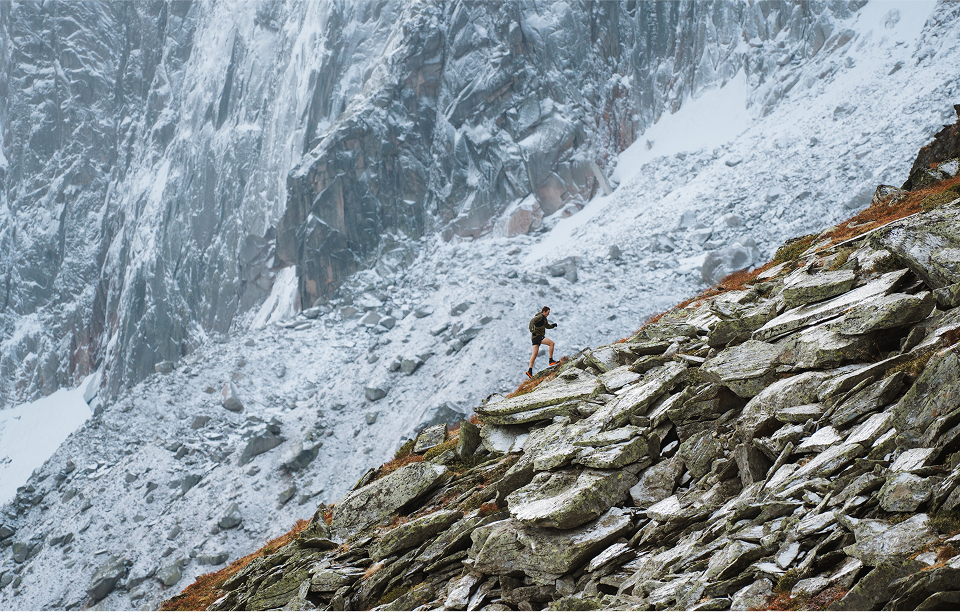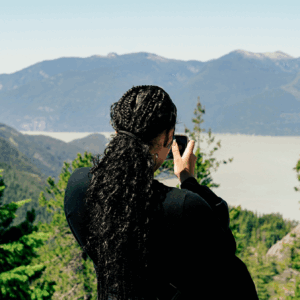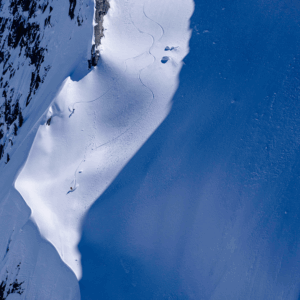Growing Pains —
And Growing Perks
Mountain running is changing fast – for better and worse. Two Arc’teryx runners reflect on how they stay focused on what matters even as the sport gets flashier, more commercialized, and more competitive.
Words by Alex Kurt | Photography by Simon Pocock
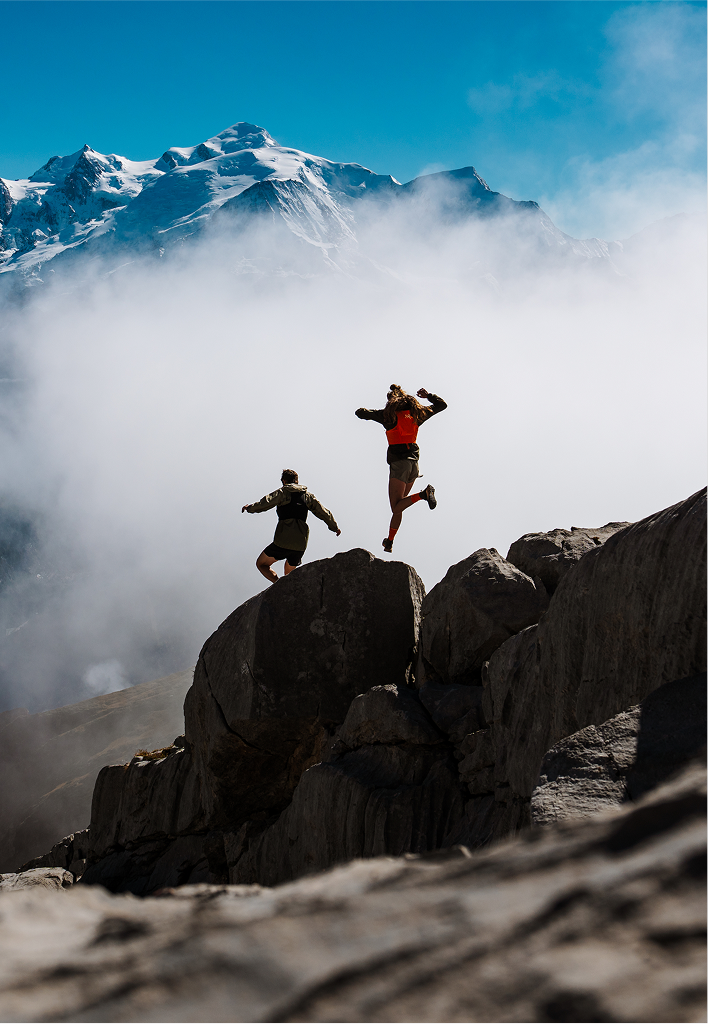

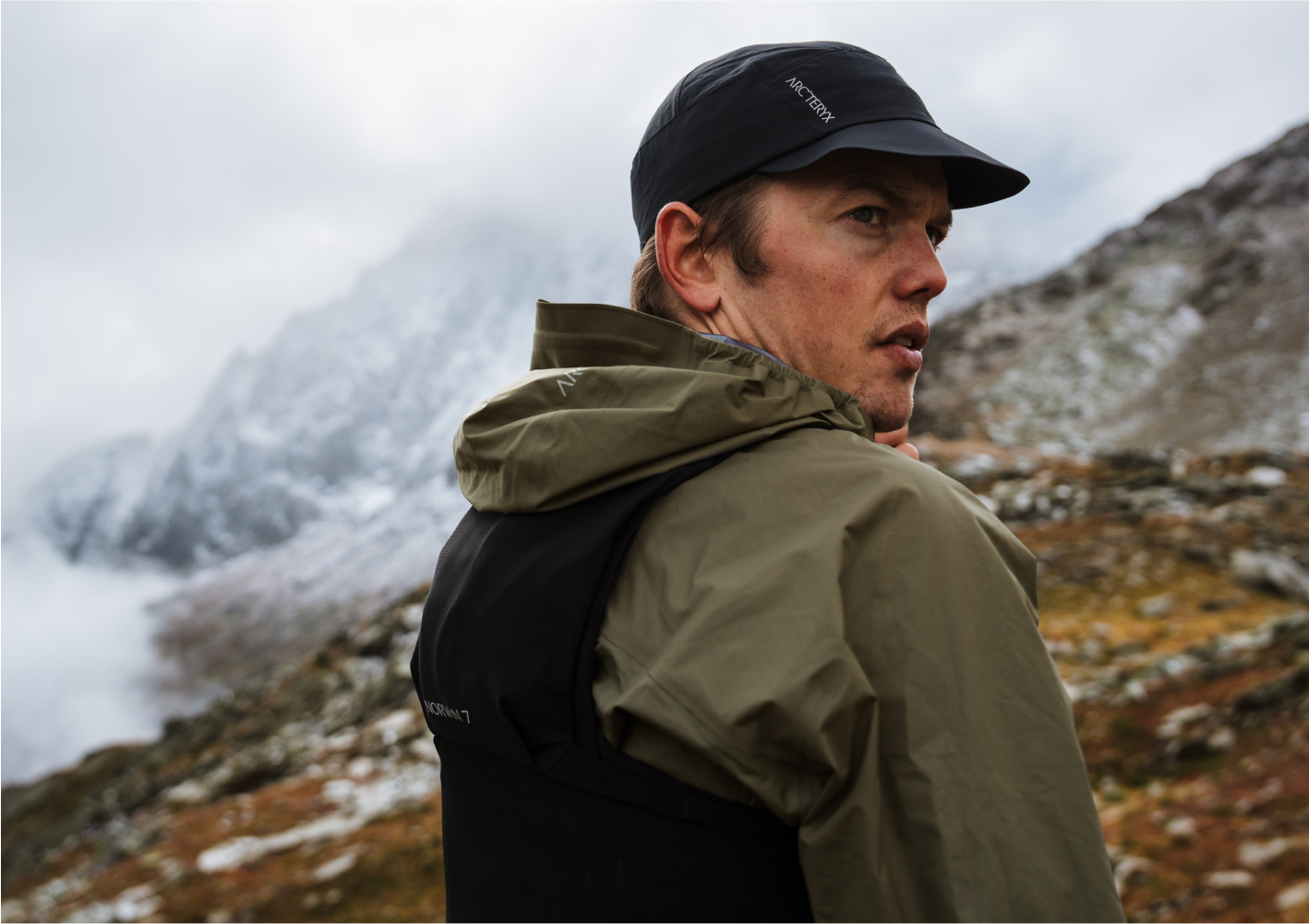
At a recent race, Arc’teryx mountain runner Philipp Reiter, 33, was impressed with the performance of another runner, who wasn’t yet 18 at the time.
So he approached the up-and-comer and asked if he’d be interested in joining a brand as a sponsored athlete. The young athlete’s response took Reiter aback.
“He told me I’d need to talk to his manager,” Reiter recalls. “It said so much about how the sport has changed.”
A New Phenomenon
When Reiter began mountain running nearly two decades ago, it was a niche sport. Making any money from it — much less needing a manager — was practically unthinkable. You’d have had better odds making money as an actor or astronaut.
But today, the sport has exploded in popularity. On average, there are more than three thousand trail- and mountain-running races annually in 195 different countries. Around 10,000 runners complete one of the events at the pinnacle Ultra Trail du Mont Blanc’s (UTMB’s) World Series Final in Chamonix each year, while nearly the same number applied for 260 entries to California’s 2025 Western States Endurance Run, according to the race’s website.
The professional side of the sport has risen with it: A survey of roughly 200 professional mountain, ultra, and trail runners worldwide by U.S.-based Ultrarunning Magazine found that more than 65 percent of them made money as professional runners in 2023, with top earners making six figures (in U.S. dollars).
That’s quite different from when Reiter first started. “I was sponsored for five years before I was paid anything beyond just travel and gear expenses,” he says, noting how that was the standard then. “Being professional in those days mostly meant traveling with friends, training, and racing all over Europe. It’s so different now.”
Even as recently as three years ago, when Arc’teryx mountain runner Elise Poncet, 29, first became sponsored, the idea of being a professional off-road runner was still novel.
“In France, there were only a few full-time pros when I started,” she says. When she signed her first contract, she wasn’t sure if she should quit her regular job. Was “professional mountain runner” a real career?
In 2025, the answer is a resounding yes. Poncet says she knows of more than 50 mountain runners making a living from the sport today in Europe, and that it’s common for them to work with agents and public relations managers. It’s a different world than the one Philipp entered, to say the least.
 Being professional [nearly 20 years ago] mostly meant traveling with friends, training, and racing all over Europe. It’s so different now.
Being professional [nearly 20 years ago] mostly meant traveling with friends, training, and racing all over Europe. It’s so different now.
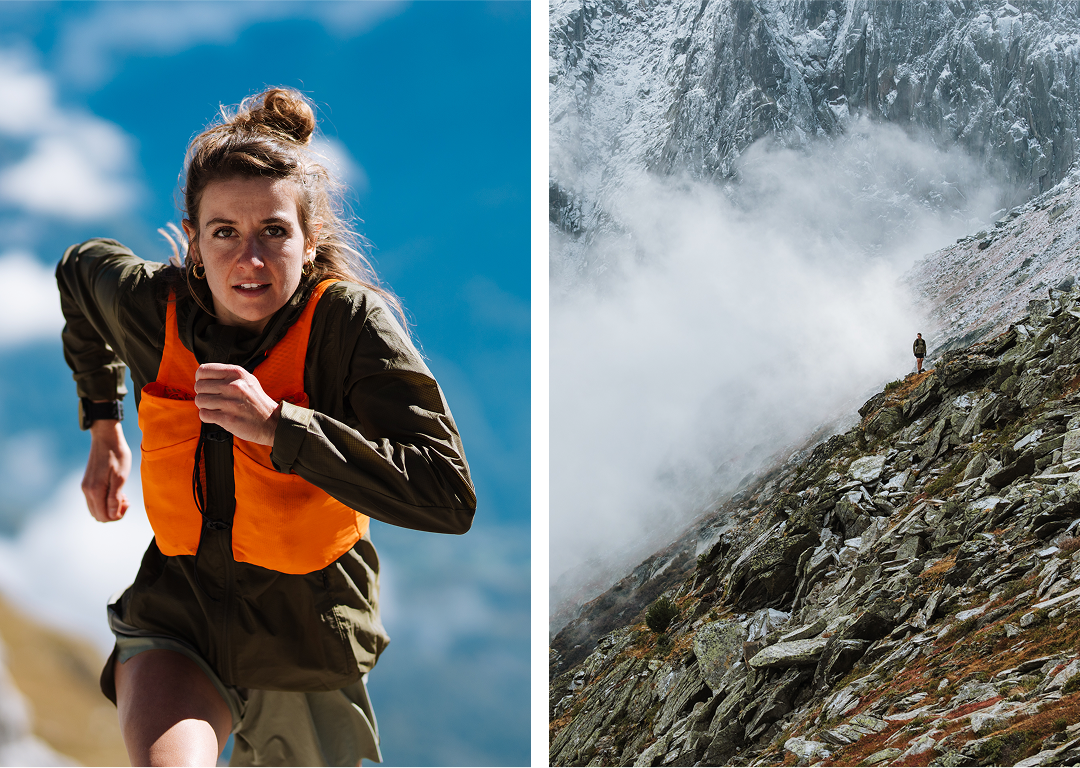
Rapid Growth
What’s behind all this change?
Flash back to the 2010s, when off-road running gained popularity as a way to exercise and socialize that was more enticing and scenic than pavement or a treadmill. Off-road races saw an uptick in participation that mimicked the original running boom of the 1970s. And brands took notice, expanding their trail-running footwear lines, and sponsoring growing rosters of athletes to promote and race in them. Hero athletes like Kilian Jornet and Emelie Forsberg captained teams and became the faces of the sport, their silhouettes splashed against jaw-dropping alpine landscapes in ads and magazines.
But still, mountain running specifically retained a grassroots, underground air.
 Even at big races, [we used to] hang out with athletes from other brands...now athletes from one brand will have their own chalets and keep to themselves.
Even at big races, [we used to] hang out with athletes from other brands...now athletes from one brand will have their own chalets and keep to themselves.
“Even at big races, you’d hang out with athletes from other brands,” Reiter says. “We’d scope out the course together, run the race, then celebrate together afterward.” The community was small…in a good way.
But since 2020, says Reiter, the environment has rapidly grown more serious and competitive. “Now athletes from one brand will have their own chalets and keep to themselves,” he says. “Before the race, athletes will be working with their physios or coaches. Afterward, they’ll go right to media obligations.”
It’s not just the pros, either. Across the board, mountain running is booming — and changing. The Sports and Fitness Industry Association reported on Americans’ participation in off-road running from 2021 to 2023 and found that it grew 25.6 percent in those years, to 14.8 million. In 2024, registration for the UTMB World Series events, calling on runners around the world, jumped nearly 35 percent. UTMB also signed with the car company Dacia as a title sponsor, making major strides toward mainstream status — and earning some criticism in the process.
“Everyone has heard of UTMB at this point,” says Reiter. “It’s kind of crazy.”
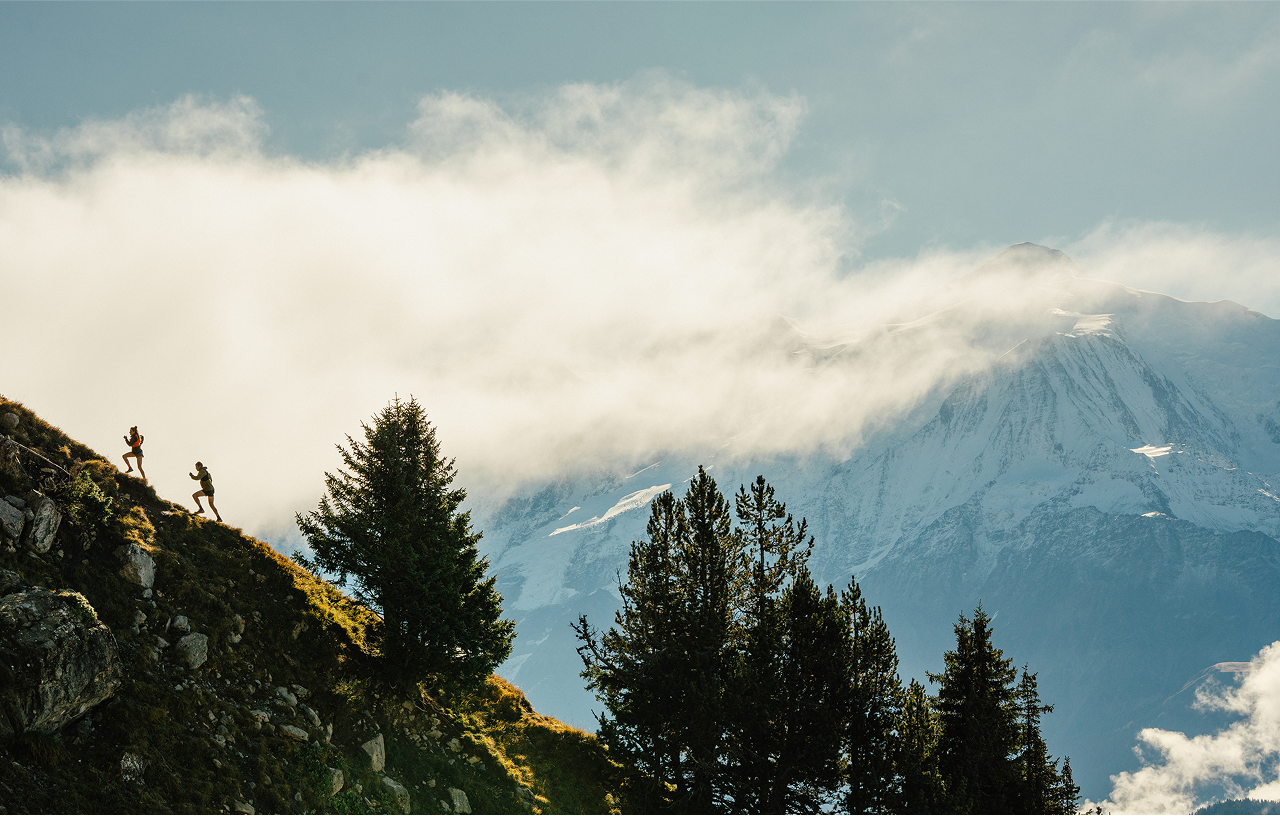
Growing Pains…
Attracting more people into the mountains, particularly through the physical challenge of running, isn’t a bad thing in itself. But for the OG runners, or at least for Reiter, “it seems like some of the spirit of the sport, where the main motivation is to be in the mountains, has decreased.”
He blames the increase in monetary support, which comes with increased obligations for pro runners and can muddle their incentives. “The competition isn’t just in the race anymore,” Reiter says. “It’s also about who can get the most media coverage, and who can deliver the best images for their brand. There’s added stress.”
Beyond the professional ranks, as mountain running gets more popular — and the scenery gets trendier to share on social media — Reiter worries people are participating for reasons that won’t keep them on trail long-term.
“For more people, the mountains have increasingly become a platform to present themselves in a cool place rather than to really enjoy what they are doing,” he says.
That trend has accelerated as those seeking sponsorship use social media to improve their chances of a deal. “Athletes who present themselves well can get more support” than more accomplished runners who race infrequently or aren’t as active online, he explains. “The incentive has started to be to show off, rather than to run fast or be outside.”
Then there’s the issue of wear-and-tear. “If people are running for more external motivations, like money or social media, they’re less likely to commit to things that give back to the outdoors, like trail maintenance,” says Reiter. If runners don’t pitch in to ensure the trails can accommodate them, or have poor trail etiquette — a topic that has been hotly debated online and in chat forums — the quality of the experience can decline, and people will ultimately leave for a new hobby.
Poncet furthers this concern, saying she worries the sport’s rapid growth is having a negative impact on the environment. “There are so many events, and people are traveling so much for it,” she says. “It doesn’t seem sustainable.”
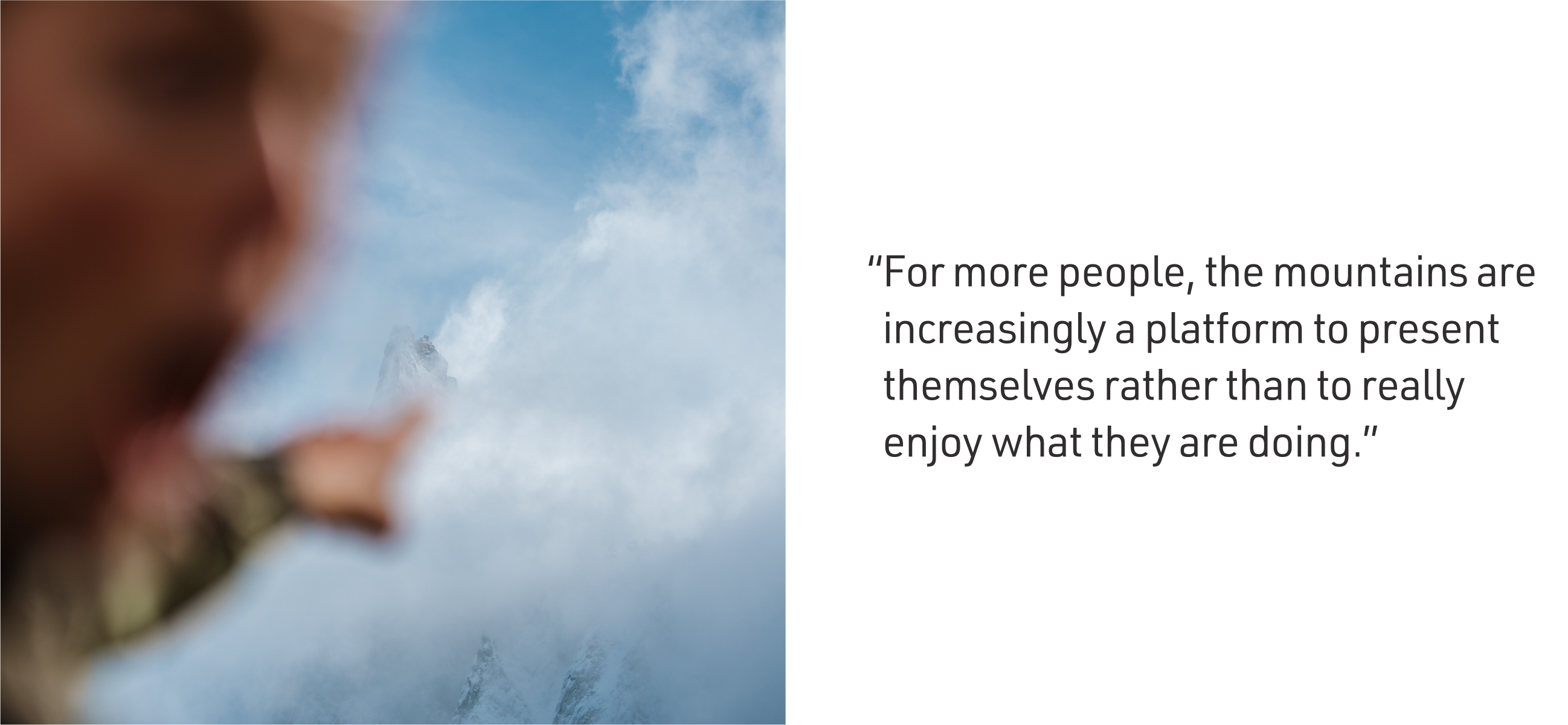
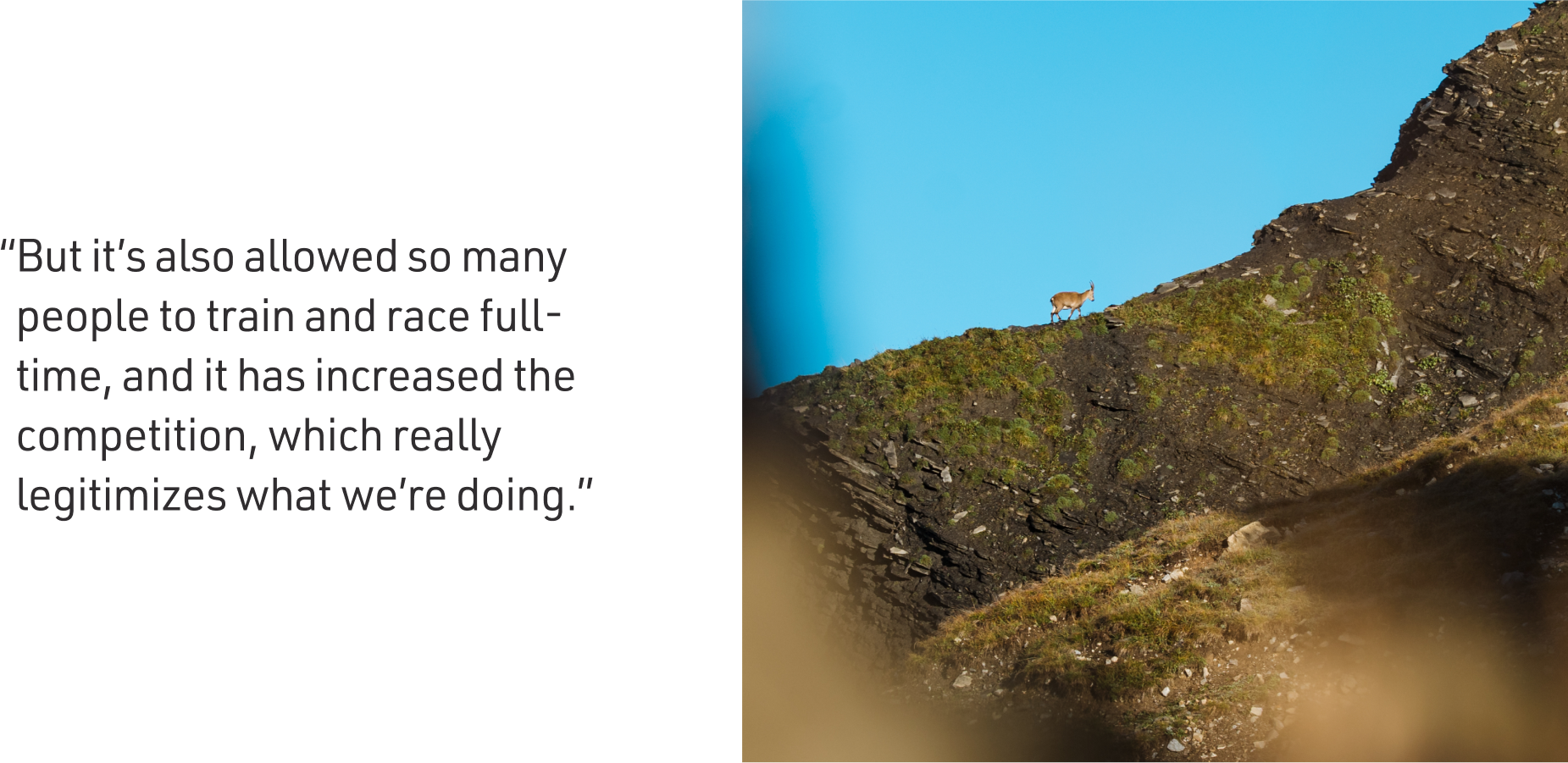
…And Growing Perks
It’s not all bad news, though. On the professional side, Poncet — who has won the Vertical Kilometer race at the Mont Blanc Marathon and most recently finished second at the Trofeo Kima skyrace in Italy — says she appreciates the opportunities mountain running’s growth has provided her and other athletes.
“It’s allowed so many people, including me, to train and race full time, and it has increased the competition, which really legitimizes what we’re doing,” she says. In the past, mountain runners weren’t taken seriously; now, they’re celebrities to those who care.
It helps, of course, that Poncet doesn’t seem to feel too much pressure to meet the mold of the modern pro mountain runner. “I don’t ‘optimize’ my business as an athlete as much as I could,” she says. “I could squeeze more out of it by racing more, posting more on social media, or taking other sponsorships, but I enjoy the freedom to do what I want.” After all, that’s why she got into this sport, she says: to feel free in the outdoors, in life.
What’s more, Reiter points out that the increased attention on the sport has driven brands to develop better gear for their athletes, building lighter-than-ever footwear with maximum grip and traction for mountain terrain. (His current favourites: the Arc’teryx Vertex Speed for fast alpine runs, and the Norvan LD 4 for longer distances.) Plus, he says, “there are more races and cool events where you can have fun and meet people — assuming they’re open to engaging,” he jokes.
And if those who get into the sport because it’s currently trendy end up leaving, it’s OK, both runners note. The ones who stick with it are the ones who are likely to help preserve the trail systems and give back to the environment, says Poncet.
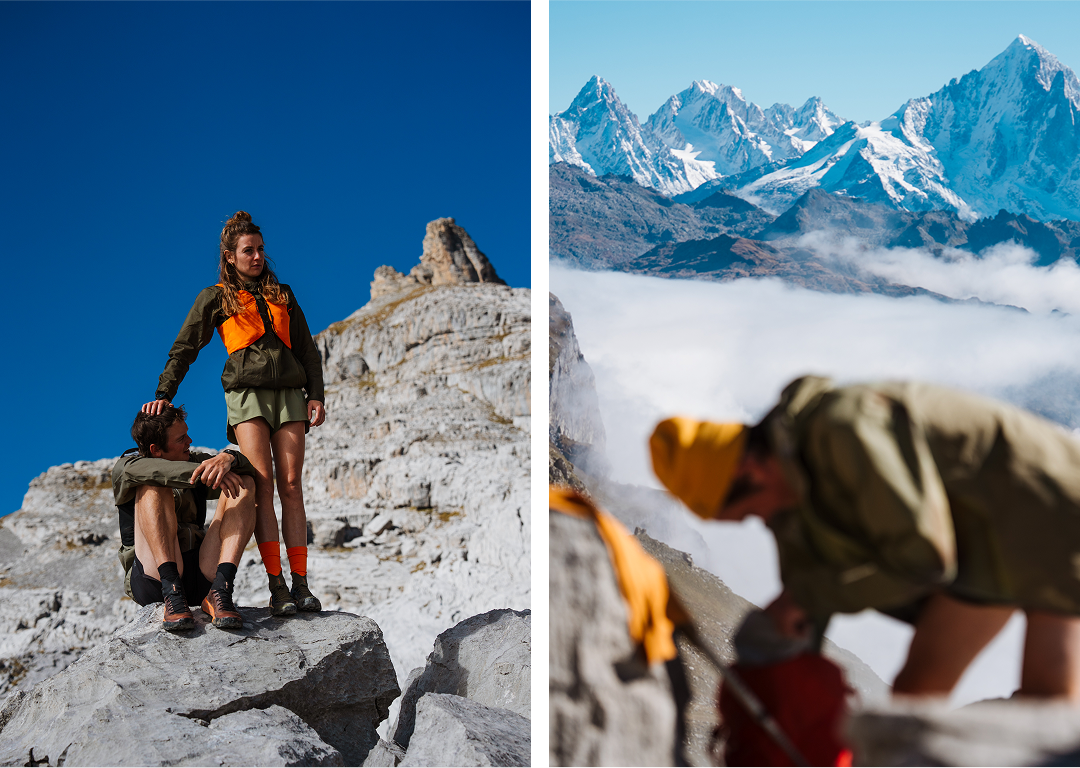
 I don’t do it for the results or sponsorship. I do it because I love running in the mountains.
I don’t do it for the results or sponsorship. I do it because I love running in the mountains.
More Than a Job
The runners who stay, like Reiter, have connected with a different motivation that has nothing to do with a paycheck or popularity. “I don’t do it for the results or sponsorship,” he says. “I do it because I love running in the mountains.”
Reiter says the same curiosity that got him into the sport is the reason he keeps going, even as his most competitive days are behind him. “I love to take the path I don’t know,” he says. “To me, that’s what mountain running is for.” That, and the camaraderie that marked his era: Through all the changes, he says, he has been purposeful about maintaining friendships with other runners, even those sponsored by other brands.
For Poncet, who’s witnessing the evolution among the race circuit in real time, is steadfast on staying true to her roots. “Even as the sport becomes bigger and more professional, my motivation stays the same. My passion isn’t racing, it’s nature. I was born with that passion, and I’ll retire with it, regardless of how my running career goes.”
